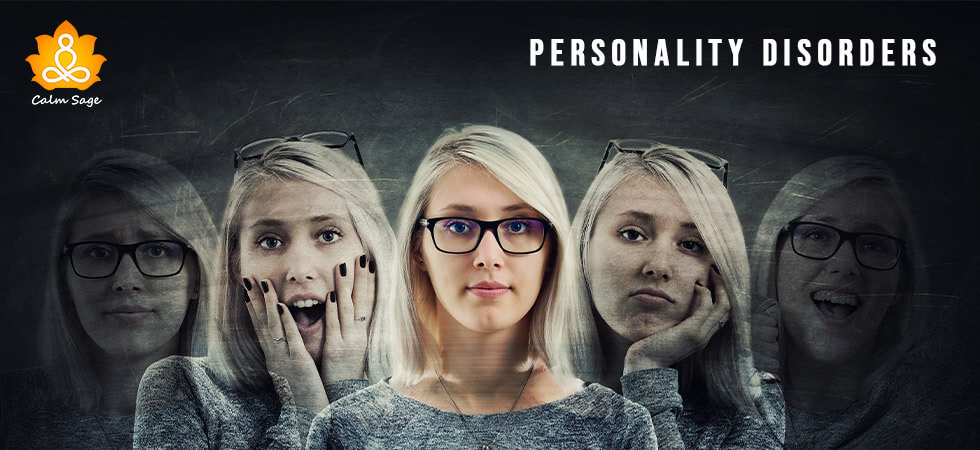Understanding Emetophobia! Can Your Phobia of Vomiting Trigger Bulimia?

I doubt if there is someone who likes throwing up or enjoys vomiting. Most of us are disgusted by it and try to avoid it. Does this mean we all have emetophobia (fear of vomiting)? Emetophobia is a rare mental health condition, it only affects 0.1% of the world population.
Most people assume emetophobia to be very common but not many people fear throwing up. Although frequent vomiting is common in children and young adults, without a traumatic vomiting experience or a strong cause, developing emetophobia is unlikely.
However, knowing the symptoms of emetophobia and the cause of emetophobia is necessary because no matter how rare emetophobia may be, it can happen to anyone.
Let’s read more about the meaning of emetophobia and why it happens…
What Does Emetophobia Mean?

Emetophobia is a mental health condition that can be defined as an intense and irrational fear of vomiting or seeing someone vomit. It is a type of anxiety disorder, the thoughts of vomiting generate a lot of anxiety and panic in someone with emetophobia.
Emetophobia makes you so anxious and fearful about vomiting that even the thought of it makes you feel unsettled. You don’t allow yourself to vomit, look at vomit, think of throwing up or even hear someone vomit.
In emetophobia, the fear is so strong that you can go to any extent to just avoid vomiting. The phobia of vomit has a direct impact on your general well-being and routine life because you completely change your behavior and action so that you can avoid vomiting by all means.
What Are Emetophobia Symptoms?

Emetophobia makes you avoid anything and everything that is associated with vomit or reminds you of vomit or vomit itself. To understand emetophobia better you need to know all symptoms emetophobia has.
Here are some common symptoms of emetophobia;
- Avoid places or food items that are associated with vomit
- Avoid consuming things that are new to you
- Avoid eating outside, eat slowly, and eat very little
- Recheck the food more than once to see if it’s stale
- Tend to overcook food just to ensure it’s not raw
- Avoid touching anything that might have germs
- Avoid visiting people in hospitals because of high possibility of seeing someone vomit
- Consume medicines to avoid nausea even before having it
- Frequently take your own temperature to see if you’re fine
- Show signs of germophobia
- Strictly avoid even the use of terms like ‘vomit’ or throw up
- Run away from people who look sick or ill
- Avoid going close to things that smell or look bad
- Breathlessness, tightness in the chest, and increased pulse at the thought of vomit
Along with these symptoms of emetophobia, there are some behavioral symptoms like extreme fear of vomit, fear of not finding a washroom to puke, fear of embarrassment caused by vomiting in public, fear of vomiting on someone or thing, etc.
If you see these emetophobia symptoms in yourself or someone you who, you don’t need to worry. You just need to visit a trusted mental health professional and culminate your worries. If at you are diagnosed with emetophobia, you don’t need to panic because emetophobia is easily treatable.
What Causes Emetophobia?
Like any other type of phobia, emetophobia does not really have a particular cause. It can happen to anyone. Having said that, there are a few causes that can make a person more susceptible to developing emetophobia.
Let’s have a look at some of the causes of emetophobia;
- Having a traumatic vomiting experience in the past
- Having a family history of phobias or anxiety disorders
- Having an embarrassing vomit incident in public
- Experience bad food poisoning or other vomit-related issues
- Watching someone vomit in front of you
- Having someone through up on you
- Having experienced anxiety or panic during a vomiting episode
- Overthinking about vomit and things associated with it
How To Get Over Emetophobia ( Emetophobia Treatment)?

The treatment process for emetophobia is not very complex. Once you are diagnosed with emetophobia, you might go through some talk therapy so that your doctor can understand your triggers and intrusive thoughts about vomit. During that talk therapy, your doctor might help you work through your intense but irrational thoughts so that your emetophobia is controlled.
Along with talking there, your doctor can advise you to invest your time and energy in other types of treatment measures like;
- Medication: there are no specific medicines for emetophobia but in some cases, doctors prescribe medicines to reduce the symptoms of anxiety and panic.
- Cognitive behavioral therapy: in CBT the therapist helps you identify negative and irrational thoughts and replace them with positive and rational thoughts.
- Exposure therapy: it works best for cases like phobias. Your doctor might begin with exploding you to vomit little by little. Once you are able to manage your thoughts on things associated with vomit, the exposure will move on to actual vomit.




